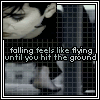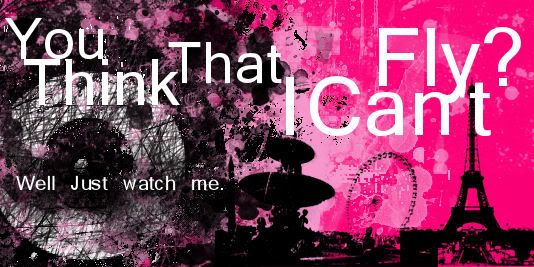Post by Sam on May 14, 2005 10:04:47 GMT -5
hey, dunno why im posting this, i need help, supposed to be revising for my exam and i cant do any of it! its impossible! and im trying to answer questions with a text book and i cant even do it so what am i going to be like without a text book? its a disaster!
i mean i have just spent 45 minutes answering this question, if i get this in the exam i have 15 minutes to do it, how am i supposed to learn the answer? if anyone has any tips share them please!
Identify the joints which make up the shoulder girdle and explain what structures contribute to stability of these joints
The sternoclavicular joint provides the only point of bony connection between the pectoral girdle and the upper limb, and the trunk. This is between the medial end of the clavicle and the clavicular notch on the sternum and the adjacent upper medial surface of the first costal cartilage. A fibrous capsule surrounds the whole joint, and whilst its’ inferior part is weak; the rest of the capsule is relatively strong, strengthened by the anterior and posterior sternoclavicular ligaments and the interclavicular ligament. A fibrocartilaginous disc separates the joint into two synovial cavities and has an important ligamentous function, holding the medial end of the clavicle against the sternum. This prevents the clavicle moving upwards and medially when force is applied to it. The shape of the articular surfaces and the surrounding muscles provide only a limited amount of security for this joint. Most of the stability comes from the ligaments.
The synovial acromioclavicular joint connects the clavicle with the shoulder blade. Once again this joint is surrounded by a fibrous capsule, although this is a lot looser and is only really strong where it is reinforced by the fibres of trapezius. There is some evidence that the capsule is reinforced by two strong ligaments, the superior and inferior acromioclavicular ligaments. The stability of this joint is essentially provided by the coracoclavicular ligament which is extremely powerful and anchors the lateral end of the clavicle to the corocoid process. Trapezius and deltoid muscles, by virtue of their crossing, will also provide a certain amount of stability during movement of the joint.
See! I need HELP!!!
i mean i have just spent 45 minutes answering this question, if i get this in the exam i have 15 minutes to do it, how am i supposed to learn the answer? if anyone has any tips share them please!
Identify the joints which make up the shoulder girdle and explain what structures contribute to stability of these joints
The sternoclavicular joint provides the only point of bony connection between the pectoral girdle and the upper limb, and the trunk. This is between the medial end of the clavicle and the clavicular notch on the sternum and the adjacent upper medial surface of the first costal cartilage. A fibrous capsule surrounds the whole joint, and whilst its’ inferior part is weak; the rest of the capsule is relatively strong, strengthened by the anterior and posterior sternoclavicular ligaments and the interclavicular ligament. A fibrocartilaginous disc separates the joint into two synovial cavities and has an important ligamentous function, holding the medial end of the clavicle against the sternum. This prevents the clavicle moving upwards and medially when force is applied to it. The shape of the articular surfaces and the surrounding muscles provide only a limited amount of security for this joint. Most of the stability comes from the ligaments.
The synovial acromioclavicular joint connects the clavicle with the shoulder blade. Once again this joint is surrounded by a fibrous capsule, although this is a lot looser and is only really strong where it is reinforced by the fibres of trapezius. There is some evidence that the capsule is reinforced by two strong ligaments, the superior and inferior acromioclavicular ligaments. The stability of this joint is essentially provided by the coracoclavicular ligament which is extremely powerful and anchors the lateral end of the clavicle to the corocoid process. Trapezius and deltoid muscles, by virtue of their crossing, will also provide a certain amount of stability during movement of the joint.
See! I need HELP!!!













